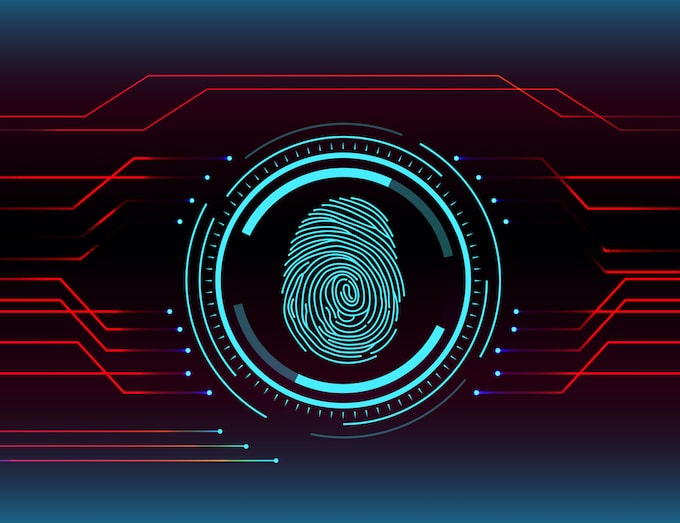Law enforcement agencies are having difficulty recruiting new officers. CBS News notes that many police officers are either retiring and resigning, which has contributed to the national police shortage.
But one of the best ways to address the national police shortage is with today’s technology. Technology can help improve the effectiveness of policing and serve as a force multiplier.
How Facial Recognition and Biometric Software Assist Officers
One technology that police officers and federal agents use is facial recognition programs. The Pew Research Center notes that this type of software helps law enforcement officers find missing people, solve crimes, identify wanted suspects and monitor large crowds.
However, there is some controversy over the use of facial recognition software in law enforcement due to privacy concerns. According to the Pew Research Center, researchers found that 46% of adults in the United States feel that widespread use of facial recognition technology by law enforcement is a good idea for society, while 27% said it would be a bad idea.

However, facial recognition technology has been in use for a while by airport authorities and the federal government. For example, Venture Beat says that the U.S. Department of Homeland Security (DHS) has used facial recognition on over 43.7 million people at land borders and outbound cruise ships.
Another technology that law enforcement often uses is biometrics software. According to the Department of Justice, biometrics programs can be useful in identifying:
- Fingerprints
- Palm prints
- Hand geometry
- DNA
- Irises and retinas
- Voiceprints
Using Smart Technology in Criminal Investigations
Smart technology has also proven beneficial to criminal investigations. For instance, police investigators can harvest evidence from vehicle computers that record speeds and other data and from smart devices. Forbes notes that Alexa and Fitbit trackers have assisted law enforcement in several cases, such as in a double murder and in a homicide case where a man was accused of killing his wife.
RELATED: The Idaho College Murders: Investigating the Crime Scene
Automatic License Plate Recognition Technology
Traditionally, police officers run license plate numbers through their mobile computer while they are on patrol to identify missing people, wanted suspects and stolen vehicles. However, this method of investigation is time-consuming and produces limited results.
Today, monitoring devices with automatic license plate recognition technology automatically scan vehicle tags in public. The results are then compared to law enforcement databases in real time, according to the International Association of Chiefs of Police.
Deception Detection through Computer Vision
Another technology that can help compensate for a lack of police officers is computer vision. According to Forbes, computer vision is a new generation of lie detector technology that analyzes microscopic eye movements in the eyes and face. Research is growing in this area.
3D Imaging of Crime Scenes Is Useful in Criminal Prosecutions
Another technology includes 3D imaging of crime scenes, which can a significant impact on criminal prosecutions. According to Laser Design, 3D imaging software can create an accurate, three-dimensional replication of a crime scene, helping police to take accurate measurements, analyze blood splatter and determine the trajectory of bullets.
RELATED: Criminal Justice Degrees and Using Real-World Experience
Technology Can Help Law Enforcement Agencies During the National Police Shortage as New Officers Are Hired
In light of the current national police shortage, technology can help to compensate for a lack of available officers. This technology can improve law enforcement agencies’ ability to prevent and solve crimes as they work to hire more officers.

Comments are closed.